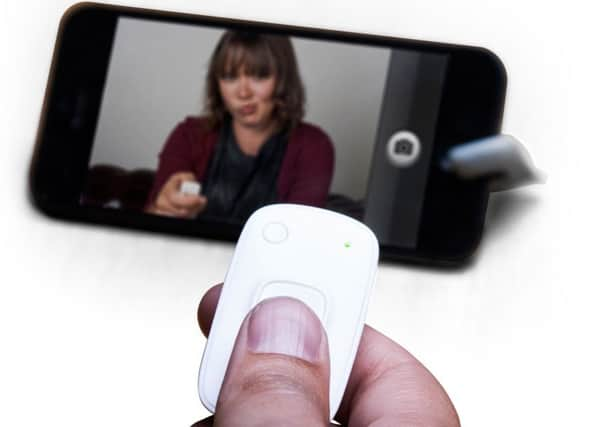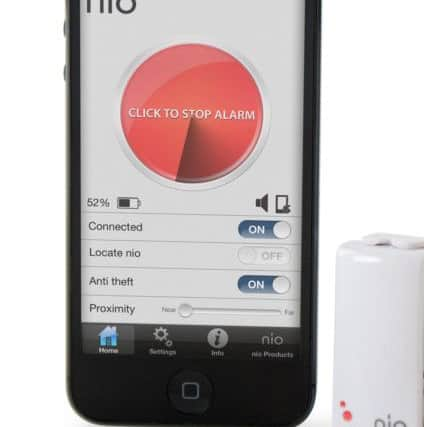Ian Hammond: Five ways data is changing mobile


Such devices are now so firmly entrenched in our society that it’s hard to remember a time before we had them.
With the increased use of mobile comes an avalanche of data generated, captured and analysed. What does this mean for the way brands interact with us, as the marketers track every click and swipe?
How will data change mobile and vice versa?


Get busy living
Advertisement
Hide AdAdvertisement
Hide AdMany of us already rely on our phones to run our lives. We use our mobiles to complete everything from our weekly shop, telling Tivo to record Strictly while we’re in the pub and our phones are collecting data 24/7. This means that mobile servicer providers, such as O2 and EE, are a major source of marketing information and they could eventually become the biggest. Traditional recipients of our data such as retail banks will become disenfranchised if they fail to adapt.
Make you an offer you can’t refuse.
The take up of 4G has been exponential in Scotland, with a rise of 25 per cent in 2015.


The time will come when, thanks to multiple chips and antennae in handsets and the continued rollout of 4G, and even 5G, your mobile will be online at all times in built up areas.
With the increase in coverage, beacons will be installed in shops and public spaces, giving marketers the ability to use mobile to bridge the gap between the online and offline worlds. These systems will detect, read and track devices as they come into range and send offers, loyalty rewards and discounts direct to your phone before you reach the tills.
Go ahead, make my day
As our every click and swipe is captured, the data going to the mobile service will become so granular that your actual identity will become less important. The data itself will reveal your preferences, budget and spending habits. The offers and loyalty rewards arriving on your device will become increasingly personalised.
As we’ll only allow so much intrusion, the providers will have to get the balance right and offset all the ads and offers with something that we actually value such as free or personalised app content and offers.
Don’t show me the money
It still feels like the future when you whip out your phone to pay for your lunch at Pret or Starbucks but mobile payment methods like Apple Pay still rely on a third party app and a bank account to function. In the near future, however, your phone will be your wallet. The current system, with cards issued by banks, encourages loyalty but mobile payment will change all that. Consumers could soon simply visit an aggregator site, choose a deal and set up their phone as their credit card.
No such thing as a free handset?
Eventually the value of data and insights generated by mobile users will far outweigh the cost of the handset for the provider. This could see the advent of the free smartphone or tablet with suppliers offering the latest models to targeted groups of consumers as a means of ensuring they have access to data. At the same time, as differences between handsets narrows, so the makers will distinguish themselves as lifestyle brands, for example fitness may be associated with one brand while another may say ‘teen market’ with offers and targeting as appropriate.
Ian Hammond is head of analytics at big data analytics company Aquila Insight.